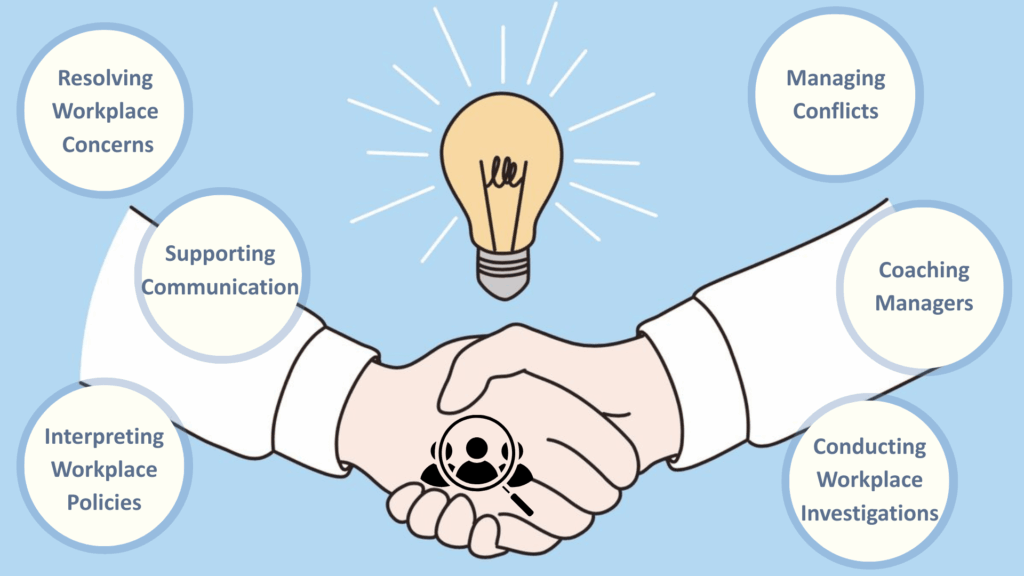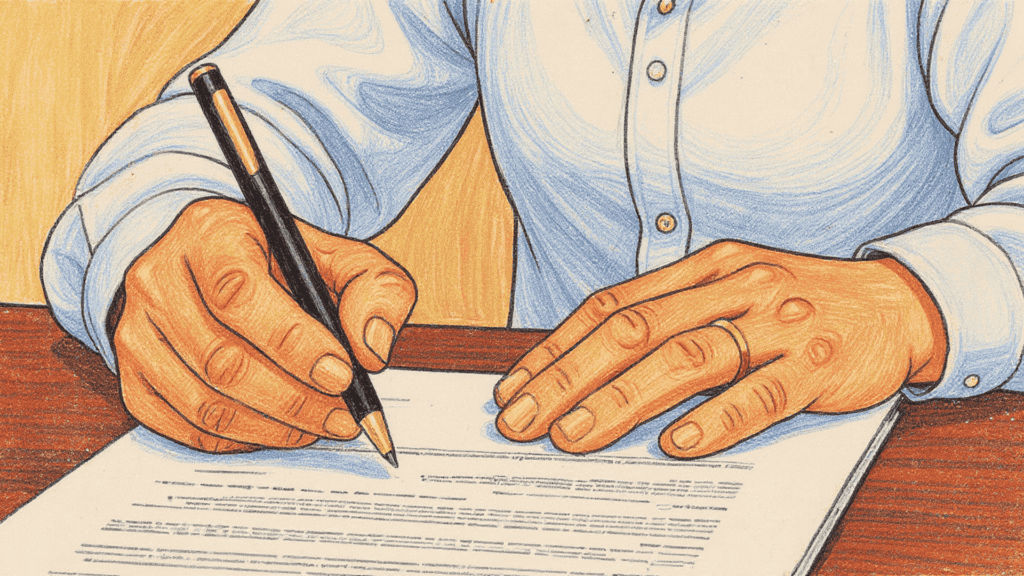Work shouldn’t leave you feeling broken, anxious, or powerless.
Yet for many employees, the workplace can become a source of severe stress that goes far beyond ordinary challenges.
When harassment, intimidation, or neglect takes a toll on mental health, the law does provide paths for accountability.
Suing an employer for emotional distress is not simple, but it can be a way to protect yourself and seek justice when conditions cross the line into harm.
This blog breaks down what emotional distress means in legal terms, the types of claims recognized by courts, the evidence you’ll need, and the steps to take.
Can I Sue My Employer for Emotional Distress?
Yes, it is possible for you to sue your employer, though not every uncomfortable situation at work qualifies for legal action.
Here are a few points that’d help you realise what violations are viable for suing your employer for stress.
-
Harassment/Threats/Hostile Conditions: This includes persistent harassment, threats, or hostile conditions that reasonable people would find intolerable.
-
Behavior Intensity & Evaluation: The intensity of such behavior from the employer may vary; thus, an apt evaluation of the situation is required.
-
Professional Approach & Steps: Success depends on whether the right steps with a professional approach were taken or not.
-
Knowledge & Awareness in Decisions: Knowledge and awareness of the situation would prove to be viable when it comes to making a decision, avoiding haste.
Courts recognize two main types of claims: Negligent Infliction of Emotional Distress (NIED) and Intentional Infliction of Emotional Distress (IIED)
NIED vs. IIED: Types of Emotional Distress Lawsuits
Understanding the distinction between negligent and intentional infliction of emotional distress claims helps determine which legal path to choose.
Evaluation of your employer’s conduct and available documentation before proceeding with either of the claims is important, so as not to face retaliation.
| Aspect | NIED (Negligent Infliction) | IIED (Intentional Infliction) |
|---|---|---|
| Definition | Employer fails to use reasonable care, causing emotional harm | Employer engages in extreme, outrageous conduct with the intent to cause distress |
| Intent Required | No intent to harm needed; negligence sufficient | Must prove deliberate intent or reckless disregard for consequences |
| Legal Standard | A reasonable person would foresee emotional distress from the conduct | Conduct must be extreme and outrageous beyond normal workplace behavior |
| Burden of Proof | Lower threshold focusing on duty of care violations | Higher threshold requiring proof of deliberate misconduct |
| Common Examples | Ignoring safety violations, creating anxiety, and failing to address known harassment | Persistent threats or intimidation; deliberate humiliation campaigns; extreme verbal abuse |
Steps to Sue Your Employer for Emotional Distress
Filing a claim involves more than stating harm; it demands deliberate actions focused on procedure.
-
Jurisdiction: Identify the correct court system where employment disputes involving emotional distress are addressed.
-
Filing: Submit an initial complaint that properly outlines parties, alleged conduct, and requested legal remedies.
-
Service: Ensure official delivery of your lawsuit papers to the employer through accepted legal channels.
-
Discovery: Participate in exchanging documents, depositions, and interrogatories to establish facts supporting your position.
-
Hearing: Attend scheduled hearings where judges evaluate motions, timelines, and compliance with procedural case requirements.
Evidence Needed to Prove Emotional Distress at Work

Building a successful emotional distress case requires substantial evidence to demonstrate both the severity of your mental suffering and your employer’s role in causing it.
The better the connection between the employer’s action and its impact, the more the scale is likely to tip in your favor.
1. Medical and Physical Evidence
Professional medical documentation serves as the foundation for providing measurable psychological harm caused due to workplace harassment.
- Records showing treatment for anxiety, depression, or mental health conditions
- Physical symptoms like headaches, sleep disorders, panic attacks, or digestive issues
- Expert testimony from mental health professionals connecting workplace incidents to psychological harm
2. Witness Testimony and Documentation
Third-party accounts and written records help create a chronicle that supports your version of events.
- Testimony from coworkers, family, or friends who observed behavioral changes
- Detailed incident records with dates, times, locations, and employer responses
- Email communications, performance reviews, and HR complaints, creating timeline evidence
3. Employment Impact and Burden of Proof
Demonstrating how emotional distress affected your work performance helps establish the severity and legitimacy of your claims.
- Employment records showing declined performance, absences, or missed deadlines
- Documentation of changes in work quality or career progression
- Proof that employer actions directly caused severe distress, impacting daily functioning
When is an Employer Liable for Emotional Distress?
Employers are to bear the legal responsibility for harassing employees.
This responsibility exists when harmful actions occur during work and the employer was aware or should have been aware of the situation.
Employers’ liability for emotional distress is not only for their own actions but also for failing to protect employees from harmful coworker behavior.
Actions by managers or supervisors can create direct liability for the company.
A company’s failure to properly address complaints or stop a negative workplace culture shows organizational liability.
Permitting damaging conditions to continue establishes clear employer accountability for resulting emotional harm.
Popular Example Case of Employer Liability and Employee Success
In Ford v. Revlon, Inc. (1987), Leta Fay Ford filed a lawsuit against her supervisor and Revlon, alleging emotional and physical misconduct.
The jury reached a split decision:
- Revlon, the employer, was found liable for Intentional Infliction of Emotional Distress (IIED).
- The supervisor was found liable only for assault.
On appeal, the Arizona Supreme Court upheld the verdict.
The court clarified that an employer can be held directly responsible for IIED, even if the employer did not personally commit the misconduct.
The ruling stressed that when serious harassment occurs, an employer’s failure to intervene or take corrective action can itself create liability.
In other words, organizational inaction in a hostile work environment can legally cause emotional harm.
Damages You Can Claim in Emotional Distress Lawsuits
When pursuing emotional distress lawsuits, understanding potential compensation and legal support options helps in informed decision-making.
Courts may award various types of damages given the intensity; all that is needed is proving the emotional distress claim is viable.
| Step | Action Required | Key Considerations |
|---|---|---|
| 1. Collect the Documents | Record incidents, save communications, gather witness info | Include dates, times, witnesses, and employer responses |
| 2. Seek Medical Treatment | Visit doctors, therapists, or mental health professionals | Creates an official record of emotional distress symptoms |
| 3. Report to HR/Management | File formal complaints through company channels | Establishes employer knowledge of harmful conduct |
| 4. Preserve Evidence | Save emails, performance reviews, and medical records | Keep both digital and physical copies secure |
| 5. Consult Attorney and File Claim | Schedule a free consultation with a qualified lawyer and submit the lawsuit within the statutory deadlines | Most offer free case evaluations and contingency fees; the attorney handles filing, discovery, and negotiations |
Types of Damages Available
- Medical expenses for therapy, treatment, and ongoing mental health care.
- Lost wages from missed work, reduced performance, or career setbacks.
- Pain and suffering compensation for emotional trauma and reduced quality of life.
Important Disclaimers:
Emotional distress lawsuits vary significantly across states, with different requirements. Claims of emotional distress at work may be limited by workers’ compensation laws and exclusive remedies.
Time limits for filing range from one to three years by state.
Conclusion
Workplace emotional trauma is a serious legal matter. It deserves proper attention and timely action.
Simple steps can make a big difference. Document incidents, seek medical care, and consult with a qualified attorney. These actions help protect your rights.
Remember, time limits for filing claims vary by state. Acting quickly preserves your legal options.
Legal recourse becomes necessary when workplace stress crosses into harmful conduct that damages your mental health.
Suing an employer for harassment takes courage. But with the right knowledge and approach, success is possible.
Have you faced emotional distress at work? Share your experience in the comments.
Pass this resource along to a co-worker who may need support.
Also read: Is It Illegal to Work 7 Days a Week?
Frequently Asked Questions
What is Retaliation in the Workplace?
Retaliation occurs when employers punish employees for filing complaints, reporting violations, participating in investigations, or exercising their legal workplace rights.
Can You Get Fired for Refusing to Work Overtime?
Generally, yes, employers can terminate at-will employees for refusing mandatory overtime, unless you have union protections or specific employment contracts.
What is a Hostile Work Environment?
A hostile work environment involves severe, pervasive workplace harassment or discrimination that creates an intimidating, offensive atmosphere affecting job performance.










